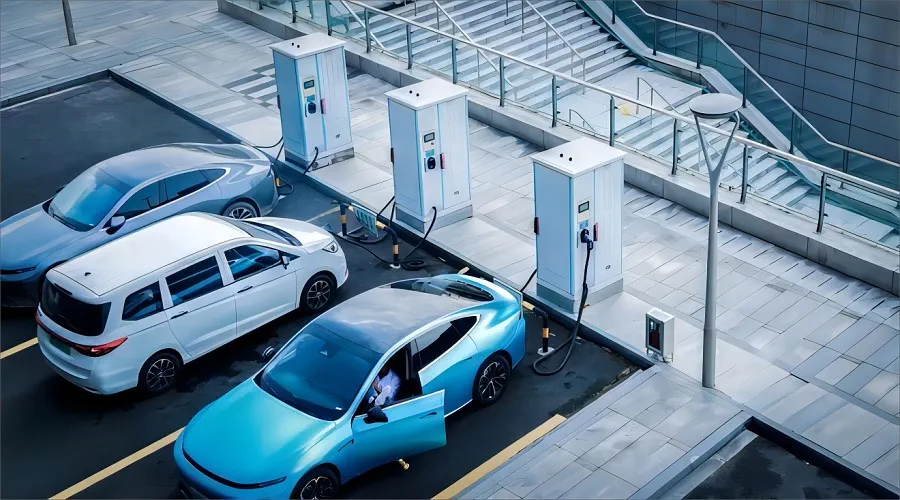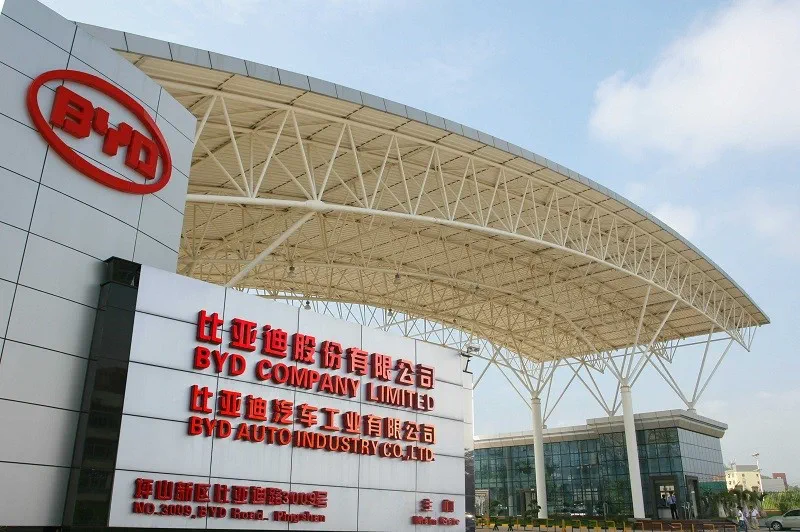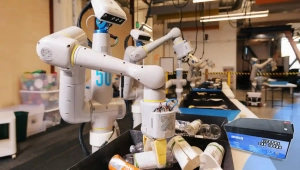ExpansionMarché des véhicules électriques: Les constructeurs automobiles chinois en Europe
Table des matières
- Marché des véhicules électriques en expansion : les constructeurs automobiles chinois en Europe
- Élargir les horizons : l’impact économique des usines automobiles chinoises en Europe
- Rising Tide: The Growth of China's New Energy Vehicle Exports
- Naviguer en haute mer : relever les défis logistiques des exportations de véhicules à énergies nouvelles
- Trailblazers and Pioneers: The Evolution and Future of China's Auto Industry
- Exemples de réussite en matière d'expansion mondiale : les constructeurs automobiles chinois à l'étranger
- Conclusion
- En savoir plus sur la batterie

Élargir les horizons : l’impact économique des usines automobiles chinoises en Europe
Establishing manufacturing facilities in Europe offers significant benefits for Chinese automobile companies, especially those in the electric vehicle industry. This move not only aids in overcoming logistical challenges and trade barriers but also improves market access and consumer perception, crucial for companies like BYD and others in the new energy vehicles sector.Impact économique : création d'emplois et opportunités d'investissement localThe decision to set up factories in Europe, such as BYD's consideration of a location in France, directly translates into job creation and boosts local economies through substantial investments. When a major player in the electric vehicle market like BYD establishes a manufacturing base, it injects millions into the economy, not just through the construction of the facility but also via ongoing operations and maintenance. For instance, the investment often involves building infrastructure, purchasing local materials, and employing a local workforce, which significantly reduces unemployment and improves the standard of living in the region.Accès aux marchés : surmonter les barrières commerciales et les mesures protectionnistesLes marchés européens sont connus pour leurs politiques commerciales strictes et leurs mesures de protection, notamment envers le secteur automobile. En établissant des installations de production locales, les entreprises chinoises peuvent éviter les droits de douane élevés et les barrières non tarifaires qui s'appliquent généralement aux importations. Cette décision stratégique permet aux entreprises de vendre leurs voitures plus facilement au sein de l'Union européenne, en s'alignant sur les accords commerciaux et les réglementations, renforçant ainsi la présence sur le marché des exportations de véhicules à énergies nouvelles en provenance de Chine.Perception du consommateur : améliorer l'image de marque et l'acceptation du produitLa fabrication locale joue également un rôle essentiel dans l’évolution des perceptions des consommateurs. Les consommateurs européens ont tendance à faire davantage confiance aux produits fabriqués localement, ce qui peut améliorer considérablement l’image de marque et l’acceptation des véhicules chinois à nouvelles énergies. Une usine en Europe signifie que les marques chinoises comme BYD peuvent commercialiser leurs véhicules comme étant produits localement, ce qui non seulement correspond aux valeurs européennes de durabilité, mais réduit également l'impact environnemental associé au transport de véhicules sur de longues distances.Rising Tide: The Growth of China's Exportations de véhicules à énergie nouvelle
China has emerged as the world's leading exporter of automobiles, with new energy vehicle exports playing an increasingly pivotal role in this dominance. This growth not only underscores China's rising influence in the electric vehicle market but also brings to light the complex challenges related to logistics and shipping capacities.China as the World's Largest Car ExporterIn recent years, China has surpassed other nations to become the largest car exporter globally. The country's automotive industry has evolved rapidly, transitioning from producing primarily for domestic consumption to becoming a major player in the international market. This shift is driven by substantial investments in automotive technology, particularly in the electric vehicle industry, where China is seen as a frontrunner.Tendances et statistiques sur les exportations de véhicules à énergies nouvellesThe surge in exports is most notable in the sector of new energy vehicles (NEVs). These vehicles, which include hybrids and fully electric cars, have seen a dramatic increase in demand worldwide, especially in Western Europe. In 2023 alone, companies like BYD reported exporting over 243,000 units, marking a significant milestone in China's automotive export history. This uptick is aligned with global shifts towards greener, more sustainable vehicle options, positioning Chinese NEVs as both competitive and desirable in the international market.Défis logistiques et capacités d’expéditionHowever, the increase in exports has not come without its challenges. The logistics of shipping large volumes of vehicles across continents are daunting. One poignant example is the situation with BYD's Explorer No.1, the first roll-on/roll-off ship deployed by BYD, which set sail on January 16, 2023, carrying 5,449 NEVs from the Shenshan Xiaomo International Logistics Port to Europe. Despite its large capacity, the Explorer No.1 represents just a fraction of BYD's shipping needs. Given the ship's 40+ days travel time to Europe and back, the current fleet is insufficient to meet the growing demand. This has highlighted a critical bottleneck in the global roll-on/roll-off ship availability, exacerbated by years of underinvestment in this specific type of maritime infrastructure.Réponse mondiale et ajustements stratégiquesLa pénurie d’options d’expédition a incité les constructeurs automobiles chinois à repenser leurs stratégies d’exportation. Au-delà de l’augmentation des capacités maritimes, il existe un pivot stratégique vers l’établissement de bases manufacturières sur des marchés clés comme l’Europe. Cela évite non seulement les défis logistiques, mais s’aligne également sur les accords commerciaux qui favorisent les produits fabriqués localement, améliorant ainsi l’accès au marché et la perception des consommateurs.




















